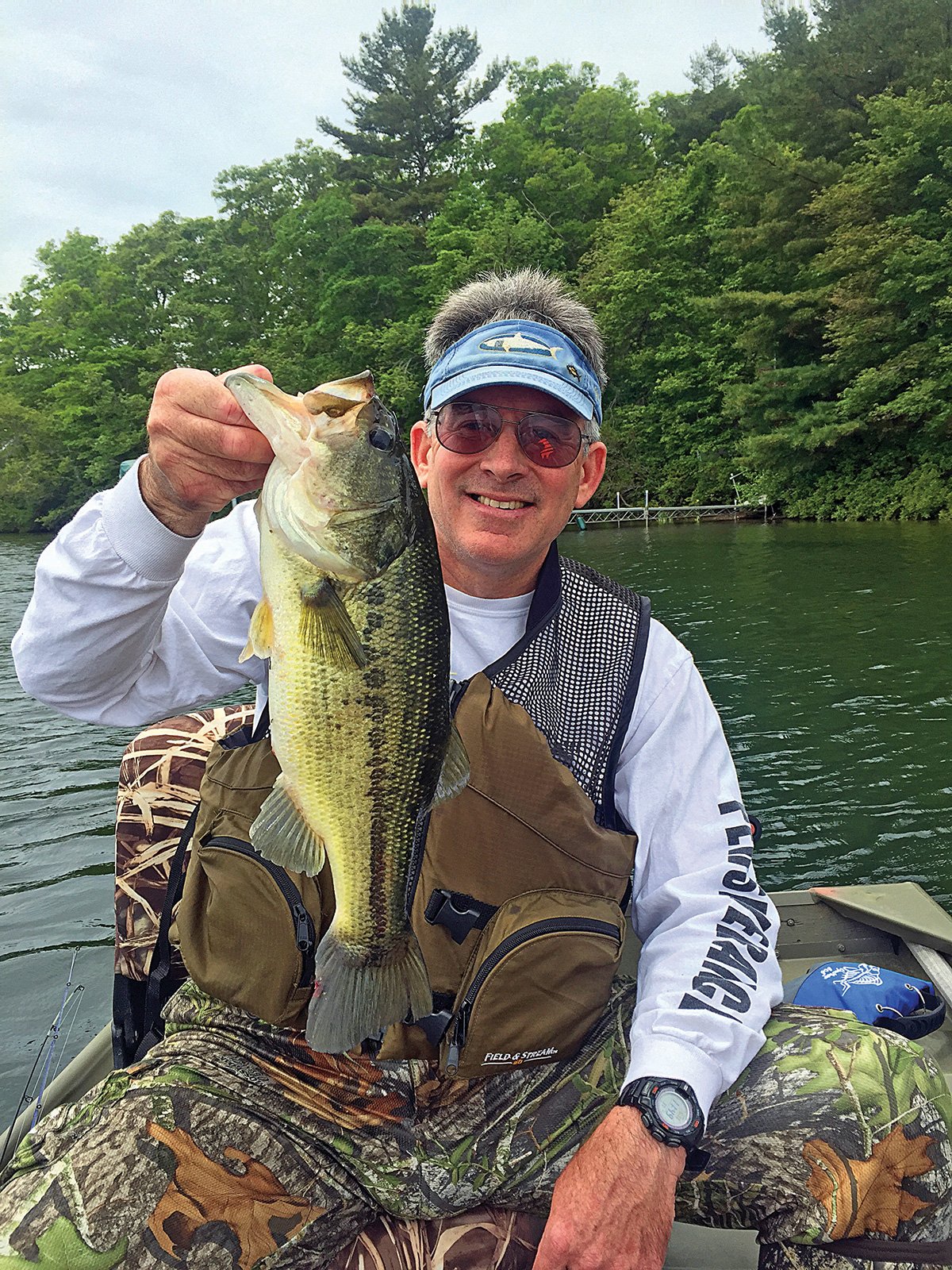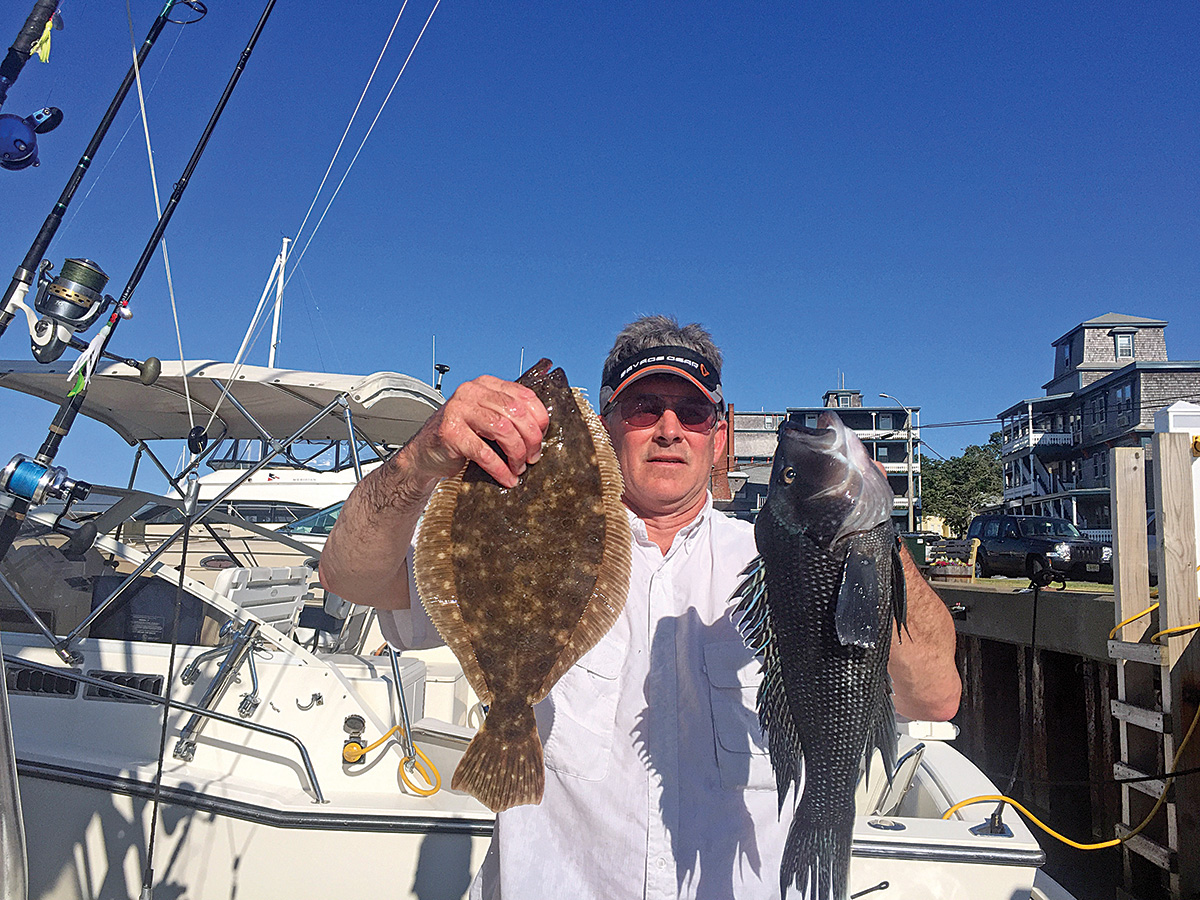
For many years we have heard of the potential for heavy metals and PCBs to be present in the fish that we eat from historic industrial practices and dumping directly into water bodies. We are now discovering additional threats that have yet to be addressed: unregulated pharmaceuticals in our fish and game. Unregulated pharmaceuticals enter into the ecosystem indirectly from septic systems into the groundwater and direct discharges from sewerage treatment plants into fresh and saltwater environments. Sewage treatment plants are not currently designed to remove the everyday pharmaceuticals and personal-care products that we humans consume and use that include antibiotics, antidepressants and pain killers to name a few. Pharmaceutical sewer discharges are currently not regulated by the United States Environmental Protection Agency (USEPA) nor State regulatory agencies. Below are some recent studies and findings that may be the initial platform to bring this alarming issue to a national level.
A recent study in the journal Environmental Pollution found unusually high levels of drugs like Advil, Benadryl, Prozac, and even birth control pills in the tissue of chinook salmon studied in Puget Sound. The source of the Puget Sound pharmaceuticals was the discharge of treated sewerage from 106 sewage treatment plants. The study only focused on two of the wastewater treatment plants, which reported 81 pharmaceuticals and personal-care products out of 150 compounds tested. According to Mr. James Meador, the leading author of the study from the National Oceanic and Atmospheric Administration (NOAA), about 45 of the compounds were found in the chinook salmon sampled, some at high concentrations. The chinook salmon stock in Puget Sound continues to struggle; are pharmaceuticals the culprit?
Studies performed by the United States Geological Survey (USGS) and the United States Fish and Wildlife Service (USFWS) have found male smallmouth and largemouth bass in parts of the Northeast with characteristics of the opposite sex. The study conducted in 19 national wildlife refuges found 85 percent of smallmouth bass and 27 percent of male largemouth bass were intersex, meaning they found immature eggs in the gonads of the male fish. According to Luke Iwanowicz, USGS research biologist, the intersexing is from an exposure to estrogens and other endocrine disrupting chemicals. It was further found that the intersex fishes have a reduced ability for the species to reproduce and may also weaken the immune systems making them vulnerable to diseases.
Another study by the USGS conducted from 1995 to 2004 from sites along the Apalachicola, Colorado, Columbia, Mobile, Mississippi, Pee Dee, Rio Grande, Savannah, and Yukon River basins found that one-third of all male smallmouth bass and one-fifth of all male largemouth bass were intersex.

Canada’s Federal Fisheries Agency added a synthetic estrogen found in birth control pills to a remote isolated lake in northwestern Ontario, Canada. The researchers added estrogen at levels found in municipal wastewaters over a three year period. Exposure to the compounds impacted the fish’s ability to reproduce. Male minnows were producing egg proteins in the first year, and by the second year their sperm cells were undeveloped. Two years after the researchers stopped adding the estrogen the minnow population failed to recover. The study ultimately concluded that even “Low concentrations of an estrogen can have very dramatic, very severe effects on fish reproduction and fish population (Karen Kidd)” and could cause wild fish populations to collapse.
Other studies in Colorado and the Potomac River looking at fish species up and downstream of sewage treatment plant effluents found reproductive abnormalities in fish downstream of discharge points. It is believed that the male fish are being feminized from the estrogenic chemicals that were detected in the waters.
Detectable levels of hormones and antidepressants are also found in surface water of Cape Cod Bay and Nantucket Sound as well as groundwater on Cape Cod. In 2012, the Center for Coastal Studies conducted a study of pharmaceutically active compounds (PhACs) in the Cape Cod Bay ecosystem and in 2013 expanded the study to include Nantucket Sound. The studies specifically targeted sulfamethoxazole, trimethoprim, carbamazepine, acetaminophen and caffeine (Humans are the only source of these types of contaminants.). The studies indicated that the coastal waters have in fact been impacted.
It is somewhat concerning that pharmaceuticals are being detected in Nantucket Sound and Cape Cod Bay. The mass loading of pharmaceuticals needs to be astounding in order to be detected in these large water bodies. Thousands of gallons of treated water potentially containing unregulated pharmaceuticals is being discharged daily to our waters from the Boston/Deer Island Waste Water Treatment Plant and other permitted sewage treatment plants.
Studies at Silent Spring Cape Cod discovered that PhACs from septic systems are leaching into the groundwater and then into local ponds. These chemicals were also detected in private drinking water wells. It is believed that the detected chemicals most likely came from the backyard septic systems that make up of 85 percent of residents on Cape Cod who rely on septic systems for treatment of household waste.
One has to be somewhat concerned that we may be ingesting groundwater from private or public wells that have hormones or a wide range of pharmaceuticals. Don’t we see the younger generation maturating at a much younger age? Is this attributed to the ingestion of hormones that accelerates puberty from our drinking water and food?
We also see regionally younger maturity in some fish, observations such as the bluefin tuna stock in the Mediterranean reaches sexual maturity at a much younger age than that found in the Gulf of Mexico stock? Is this attributed to the ingestion of hormones that can result in such changes and wouldn’t be surprised of such in the Mediterranean? Areas where fish, game and habitat struggle to rebound that are attributed to unknown “environmental factors” may be a result of pharmaceutical compounds.
We are finding that certain fishery stocks fail to rebound appropriately after utilizing typical fishery management techniques. Are impacts from human pharmaceuticals causing adverse developmental, reproductive and neurological impacts to our fish and game, by hindering metabolic function, impacting a fish’s growth, or exposure to antibiotic resistant bacteria and possibly altering lifesaving behavior of fish and game including the basic flight or fight response?
There are continued concerns of why the habitat associated with the Stellwagen Bank National Marine Sanctuary has not rebounded with the closure of the area to commercial dragging for over 15 years. Other marine fisheries areas that were closed off to commercial draggers have observed rebound of fish populations, but not at Stellwagen Bank. Is the discharge from the Boston/Deer Island Waste Water Treatment Plant outfall the culprit resulting in a detrimental impact on sensitive habitat as a result of the unregulated discharge of pharmaceuticals?

Needless to say there appears to be some compelling evidence that pharmaceuticals and hormones are having a detrimental impact on the environment. Shellfish and finfish in our waters are potentially being exposed to unregulated pharmaceuticals. How does exposure to such pharmaceuticals impact fish and game as well as humans that consume fish and game? As a result we are potentially ingesting a wide range of pharmaceuticals from antidepressants to antibiotics through consumption of fish and game. Why are we so slow to address this matter?
The Chinook salmon peer review study conducted in Puget Sound appears to be the study that has alarmed the research community and regulators and will hopefully result in promptly addressing this matter further. Hopefully adequate studies are forthcoming to determine the true source of these problems in order to take appropriate actions before it is too late.




